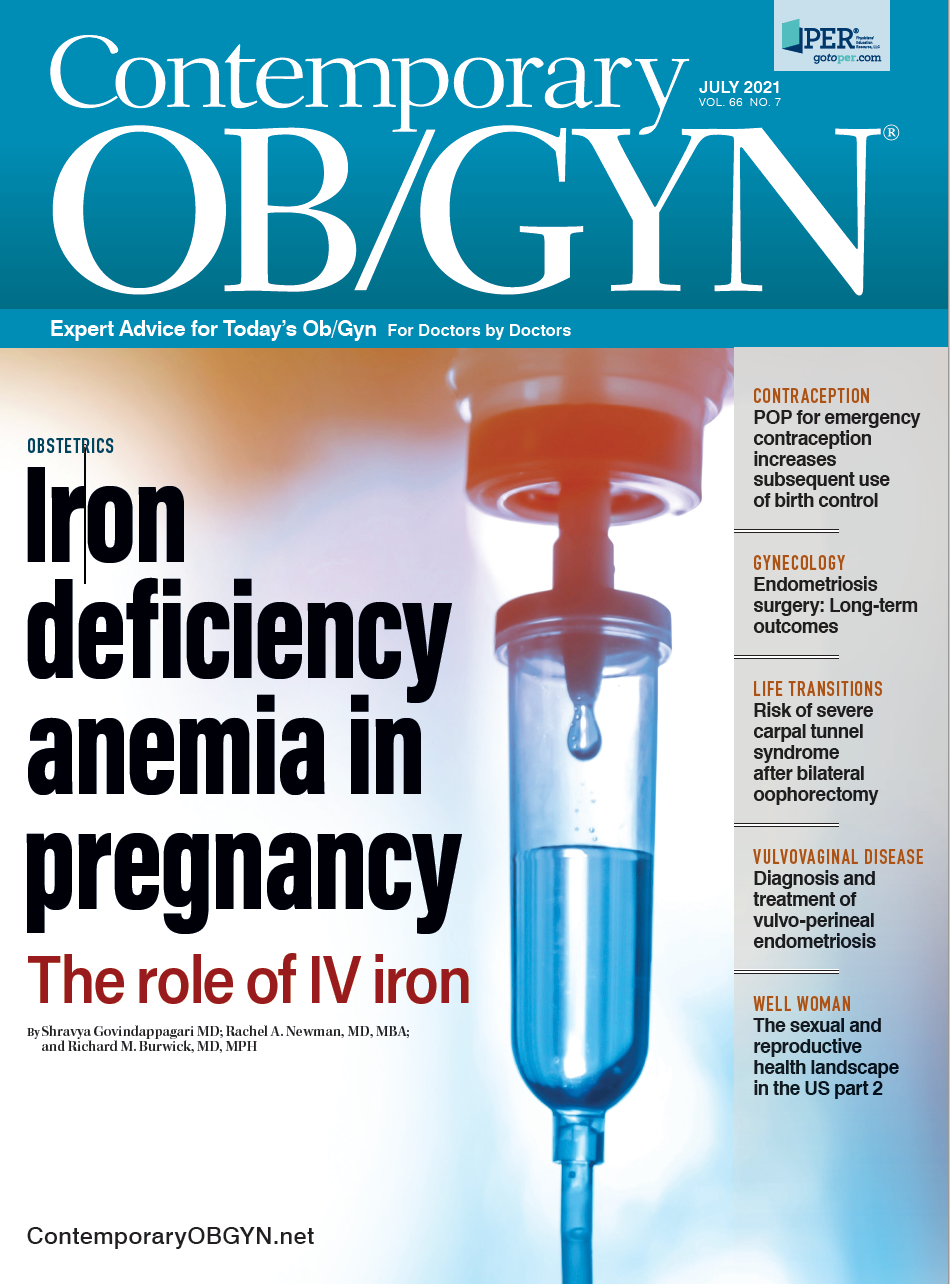Risk of severe carpal tunnel syndrome after bilateral oophorectomy
A study in the journal Menopause has found that the risk of de novo severe carpal tunnel syndrome (CTS) is significantly greater after bilateral oophorectomy performed in premenopausal women.
“Our study is part of a broader series of studies prompted by the current debate about the advantages and disadvantages of bilateral oophorectomy used for the prevention of ovarian cancer in women at average risk,” said senior author Walter A. Rocca, MD, MPH, a professor of neurodegenerative diseases research, epidemiology and neurology at the Mayo Clinic in Rochester, Minnesota. “Ovarian cancer is a rare but extremely malignant condition that is normally diagnosed too late for treatment. However, starting around the early 2000s, our research team and other groups of clinical investigators started to report data suggesting that the prevention of ovarian cancer was coming at a very high cost.”
Walter A. Rocca, MD, MPH

Women who undergo bilateral oophorectomy eventually experience increased morbidity and mortality, Rocca said. “The current study adds severe CTS to the growing list of the long-term harmful sequelae,” he said. “Although CTS is not a life-threatening condition, it is common, may cause severe pain and may determine functional impairment.”
The population-based cohort study consisted of 1,653 premenopausal women from Olmsted County, Minnesota, who underwent bilateral oophorectomy for a nonmalignant indication between 1988 and 2007, compared to a random sample of 1,653 age-matched referent women who did not undergo bilateral oophorectomy in the same county.
Bilateral oophorectomy was associated with a significantly increased risk of severe CTS: adjusted hazard ratio (aHR) 1.65; 95% confidence interval (CI): 1.20 to 2.25.
In addition, the risk was marginally greater in women with a lower body mass index (BMI), nulliparity and with a benign ovarian indication for oophorectomy.
However, the authors did not observe a protective effect of estrogen therapy following oophorectomy.
“The most surprising result was the lack of protective effect of estrogen therapy in women who underwent bilateral oophorectomy,” Rocca told Contemporary OB/GYN®. “A possible role of estrogen, with or without concurrent progestin, in reducing the risk of CTS has been shown quite convincingly by the Women’s Health Initiative (WHI) clinical trials. Our findings are consistent with a protective role of estrogen or of other hormones produced by the ovaries. But the reason estrogen therapy did not mitigate the harmful effect of oophorectomy on CTS is unclear and requires further study.”
The abrupt loss of ovarian hormones from bilateral oophorectomy might have direct detrimental effects on the tissues implicated in CTS. “However, we cannot exclude that the association may be due to confounding,” Rocca said. “Possible confounders are genetic variants, early-life events and environmental risk factors. The association may also be explained by a lower threshold to pain.”
Despite estrogen failing to provide a protective effect after oophorectomy specifically for CTS, “women who undergo bilateral oophorectomy before menopause should be treated with estrogen up to approximately age 50 years, the median age at natural menopause,” Rocca said. “Unfortunately, a few women may have a medical condition that disqualifies them for estrogen therapy.”
Rocca said the current study contributes important new evidence to consider when deciding to offer women bilateral oophorectomy for the prevention of ovarian cancer. “It is our recommendation that for the vast majority of women who are at average risk of ovarian cancer, bilateral oophorectomy should not be performed,” he said. “The only indication would be for women who have a primary or metastatic ovarian cancer or who carry a high-risk genetic variant.”
Going forward, Rocca believes “we need to clarify in a definitive way the cost-to-benefit ratio of bilateral oophorectomy, so that women in the future will receive the correct advice about performing or not performing bilateral oophorectomy.”
__
Disclosure
Rocca reports no relevant financial disclosures.
Reference
- Starlinger J, Schrier VJMM, Smith CY, et al. Risk of de novo severe carpal tunnel syndrome after bilateral oophorectomy: a population-based cohort study. Menopause. Published online May 26, 2021. doi:10.1097/GME.0000000000001804

Low creatinine-to-cystatin C ratio linked to postmenopausal muscle loss
March 20th 2025A new study finds that postmenopausal women with a reduced creatinine-to-cystatin C ratio experience decreased muscle volume and slower walking speed, highlighting its role as a potential biomarker for muscle health.
Read More
Intentional weight loss linked to lower mortality in postmenopausal women
March 11th 2025A recent study shows that intentional weight loss significantly lowers all-cause, cancer, and cardiovascular mortality risks among postmenopausal women, highlighting the importance of targeted weight management.
Read More
